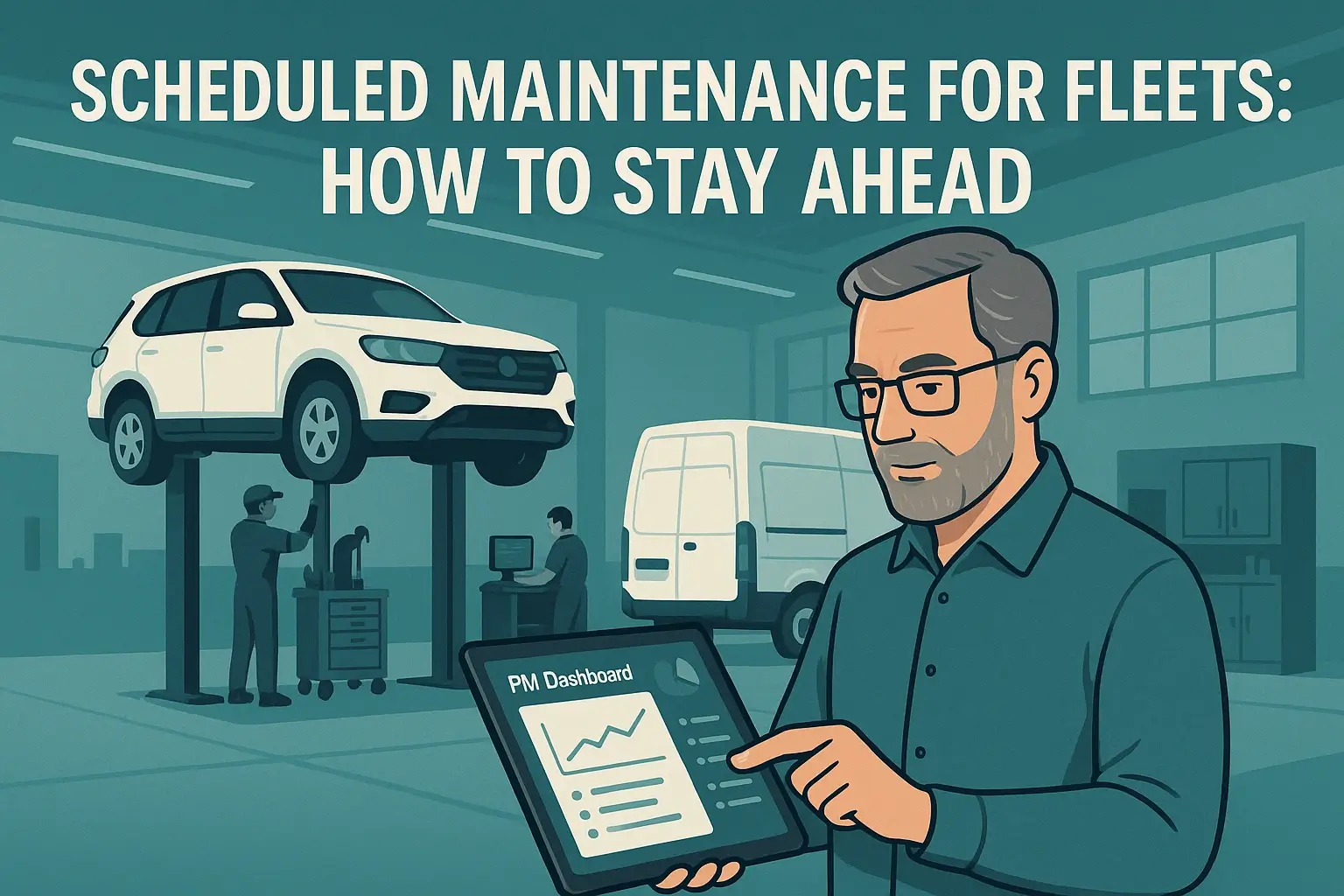Key Takeaways
🔹The Importance of Regular Tire Maintenance A Comprehensive Guide
Proper tire maintenance for fleets is often overlooked by many drivers, but it is an essential aspect of vehicle safety and performance. Your tires are the only point of contact between your vehicle and the road, making them crucial for optimal handling, braking, and overall driving experience.
🔸Enhanced Safety
Regular tire maintenance directly contributes to your safety on the road. Adequate tire pressure ensures optimal traction, stability, and handling. Underinflated or overinflated tires can compromise vehicle control, increase the risk of skidding, and lead to accidents. By regularly checking and maintaining the recommended tire pressure, you can significantly reduce the chances of a tire-related mishap.
🔸Improved Fuel Efficiency
Properly maintained tires can also contribute to better fuel efficiency. Underinflated tires create additional rolling resistance, requiring the engine to work harder and consume more fuel. According to studies, underinflated tires can decrease fuel efficiency by up to 3%. By keeping your tires properly inflated, you can maximize fuel economy and reduce both your carbon footprint and expenses at the pump.
🔸Extended Tire Lifespan
Investing in high-quality tires is essential, but without regular tire maintenance, their lifespan can be significantly reduced. Uneven tire wear, caused by factors like misalignment or lack of rotation, can lead to premature tire replacements in fleets. By rotating your tires regularly, maintaining proper wheel alignment, and inspecting for signs of uneven wear, you can ensure that your tires wear evenly, prolonging their lifespan and saving you money in the long run.
🔸Optimal Performance
Well-maintained tires contribute to optimal vehicle performance. Proper tire pressure and adequate tread depth allow for precise handling, improved braking, and better road grip. This is particularly crucial in adverse weather conditions where traction is essential for safe maneuvering. Whether you encounter wet roads, snow, or rough terrain, well-maintained tires provide the performance and control you need to navigate safely.
🔸Cost Savings
Regular tire maintenance can lead to significant cost savings. By preventing premature wear and tear, you reduce the frequency of tire replacements. Additionally, maintaining proper tire pressure and alignment contributes to better fuel efficiency, saving you money on fuel expenses over time. Furthermore, proactive tire maintenance helps identify potential issues early on, allowing for timely repairs and avoiding more costly damages down the road.
📝Tire Maintenance Checklist What You Need to Know
Proper tire maintenance in fleets is crucial for safe and efficient driving. Your vehicle's tires are the only point of contact with the road, making them vital for traction, handling, and overall performance. To ensure your tires are in optimal condition, it is important to follow a comprehensive maintenance checklist.
🔸Check Tire Pressure
Regularly checking tire pressure is essential. Underinflated tires in fleets can negatively impact handling, increase fuel consumption, and cause uneven tread wear. Overinflated tires may result in a harsh ride and reduced traction. Use a tire pressure gauge to check the pressure when the tires are cool, and ensure they are inflated to the manufacturer's recommended levels. Remember to check the spare tire as well.
🔸Inspect Tread Depth
Tread depth directly affects traction, especially in wet or slippery conditions. Use a tread depth gauge or the penny test to measure the depth of your tire treads. If the tread depth is below the recommended threshold (usually 2/32 of an inch), it's time to replace the tires of fleets. Insufficient tread depth can lead to reduced grip, longer braking distances, and an increased risk of hydroplaning.
🔸Rotate Tires Regularly
Uneven tire wear in fleets can occur due to variations in weight distribution and drive train. To promote even wear and extend tire life, it is important to rotate your tires regularly. Follow the recommended rotation pattern provided in your vehicle's manual or consult a professional. Typically, rotating the tires every 5,000 to 8,000 miles helps ensure even wear and maximizes their lifespan.
🔸Maintain Proper Wheel Alignment
Wheel alignment refers to the angles at which your fleets’ tires make contact with the road. Misaligned wheels can result in uneven tire wear, vehicle pulling to one side, and compromised handling. Have your wheel alignment checked by a professional regularly or whenever you notice signs of misalignment. Proper alignment ensures optimal tire performance, stability, and fuel efficiency.
🔸Balance Your Tires
Tire balancing involves equalizing the weight distribution of the tire and wheel assembly. Unbalanced tires can cause vibrations, uneven tread wear, and steering wheel wobbling. If you experience these symptoms, it's time to have your tires balanced by a qualified technician. Balancing should be performed whenever new tires are installed or if you notice any issues while driving.
🔸Inspect for Damage
Regularly inspect your tires of fleets for signs of damage, such as cuts, bulges, or punctures. Damage can compromise tire integrity and lead to blowouts or loss of control. Additionally, be vigilant for any nails or foreign objects embedded in the tire treads. If you notice any damage or foreign objects, have the tire inspected and repaired promptly to avoid further complications.
🔸Consider Seasonal Changes
Different seasons can affect tire performance in fleets. In winter, consider using winter tires designed for better traction on snow and ice. When temperatures rise, check tire pressure more frequently as hot weather can cause tire pressure to increase. Adjust the pressure as necessary to maintain the recommended levels for optimal performance and safety.
💡Final Thoughts
Tire maintenance is essential in fleets for optimal tire performance, safety, and cost-effectiveness. By regularly attending to tire care, drivers can enhance their driving experience, improve fuel efficiency, extend tire life, and minimize the risk of tire-related accidents or failures.
The purpose of tire maintenance is to keep the tires in the best possible condition, as they play a critical role in vehicle safety and performance. Well-maintained tires provide optimal traction, handling, and braking, improving overall road safety. They also contribute to fuel efficiency, as properly inflated tires reduce rolling resistance and improve gas mileage.



.png)








.png)


.png)






